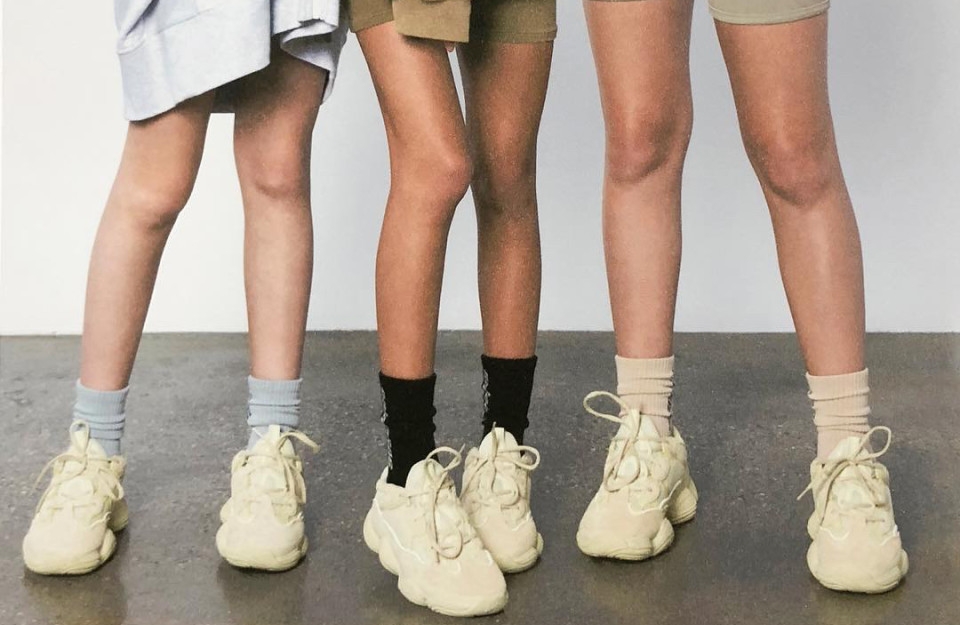Scroll through your Instagram feed for long enough and you are likely to encounter sponsored posts from accounts pushing China-made counterfeits. Representatives for Instagram have stated time and again that Instagram “does not allow counterfeit goods to be sold on [the app],” and when the company does encounter fakes, “We move quickly to stop it and remove the violating account.”
Instagram has numbers to back this up. Late last year, its parent company, Facebook, Inc., revealed that it had removed nearly 3 million posts, including videos, ads and other forms of content, from its sites during the first half of 2017 in response to takedown complaints over counterfeiting, and trademark and copyright infringement.
Yet, sponsored posts for fake adidas sneakers, “it” bags, and counterfeit Supreme wares abound, meaning that Instagram – like Amazon – is accepting compensation in exchange for featuring specific users’ posts and helping to direct those who view them to third party websites (albeit potentially unintentionally), many of which that look legitimate at first glance (and oftentimes, boast domain names that are not dead giveaways, particularly given the marked rise in buzzy streetwear and sneaker-selling sites), and all of which are offering up products that run afoul of the law.
The fight against counterfeit-sellers, generally, is a resource-intensive but necessary activity for brands in order for them to maintain exclusive rights in their trademark-protected names and logos. It is often a largely fruit-less endeavor, as well, since these sellers are typically located outside of the U.S. and hidden behind falsified information, making it difficult – and sometimes impossible – to track them down and haul them into count. And even if brands are able to have a counterfeit-selling site shut down, the reality is that another one will replace it in no time at all. Maintaining not one but a large network of sites is a common practice for counterfeit sellers.
Considering the extent to which it is arguably very inefficient to target Chinese counterfeiters (so much so that efforts to rid the market of counterfeit sellers has been routinely likened to playing a game of Whack-a-Mole; you get rid of one and several more pop up in its place), it is worthwhile to consider whether rights holders – such as adidas in the case of the counterfeit Yeezys – could hold more easily identifiable and much more deep pocketed entities responsible. In other words, could they target the social media sites for posting ads for counterfeit products, and thereby, facilitating the sales?
The Case Law
At least two big cases provide guidance with respect to trademark infringement and the liability of the websites – or social media apps – that are facilitating the offering of the infringing goods. In the Louis Vuitton Malletier v. Akanoc Solutions case, Louis Vuitton alleged that Akanoc – an American web-hosting company that owned and operated several servers – should be held liable for trademark infringement because its servers were being used by counterfeit sellers. Louis Vuitton further asserted that Akanoc did not take active steps to ensure the removal of the infringing goods when it was notified by Louis Vuitton.
In siding with Louis Vuitton and upholding the jury’s findings, including a damages award of $32.4 million for contributory trademark and copyright infringement, the 9th Circuit Court of Appeals revealed that Akanoc lacked any formal policies or procedures for how to handle infringements.
Praising the court’s decision, Nathalie Moullé-Berteaux, Louis Vuitton’s Intellectual Property Director, stated, the defendants’ “specific business model of providing unmanaged server capacity to web hosting resellers does not exempt them from taking active steps to effectively prevent infringing activity upon notification from an intellectual property rights owner.”
A year later, the 2nd Circuit took a different approach in the Tiffany Inc. v. eBay, Inc. case. Following years of back-and-forth centering on Tiffany’s allegations that eBay was liable for trademark infringement due to the sale of counterfeit items on its marketplace, the court sided with eBay. Upholding the lower court’s decision, Judge Robert Sack, writing for the 3-judge panel, stated that it was, in fact, Tiffany’s responsibility to police unauthorized uses of its trademark, and eBay could not be held liable for trademark infringement for the sale of counterfeit jewelry on its site, unless it had specific knowledge that such items might be fake.
The court pointed to the existing safeguards that eBay had in place to respond to allegations of infringement and its practice of swiftly responding to notifications alerting it of potential counterfeit products listed on its site.
With such mixed results in mind, the International Trademark Association set forth best practices for social media platforms, stating that they “should have a clear and effective process publicly available to deal with the sale and offering of counterfeit products,” which Instagram does, in fact, maintain.
As for whether the $100 billion giant that is Instagram could be doing more to ensure that counterfeit items do not continue to end up as sponsored posts/advertisements, it seems likely. Are there very tangible benefits for Instagram in enabling a large pool of users to advertise their pages and products (at least some of which are fakes) by way of sponsored posts? Certainly. After all, Instagram brings in the vast majority of its revenue from advertisers. From a bottom line perspective, it can’t afford to be too selective and legally, as set forth in the cases above, it might not have to.











